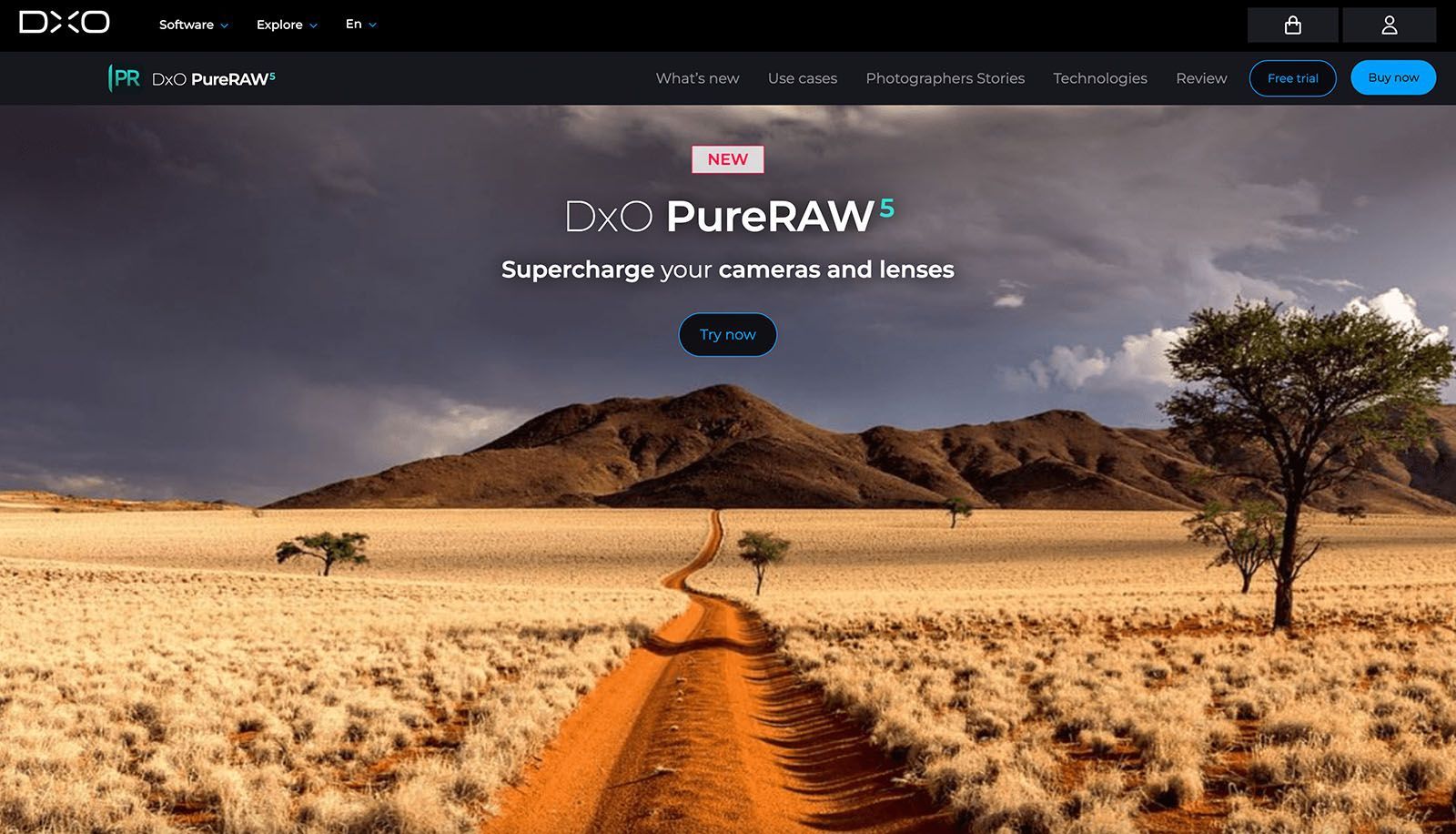
DXO PureRAW 5 Review: Superior AI Enabled Natural Noise Reduction [2025]
There is one inescapable truth. More resolution = more noise. As photosites get smaller, their ability to collect light is reduced, which results in what we term, "noise". To negate this, one has to either use camera in-built features or utilize software during post processing to reduce or remove. DXO has become a staple in my editing regime. PureRAW allows for more liberal use of ISO values to grab the defining shot without compromising quality. I have used PureRAW since 2023 and now have been enjoying their other software products, Nik Collection 8 and Photolab 8.
DXO PureRAW 5 now supports X-Trans sensors!
There is a lot of marketing hype in this niche of noise removal with Topaz leading the way. However, in actual usage I find that PureRAW renders more natural realistic noise reduction with less plastic results. How will it enhance your workflow? Take advantage of the unrestricted
14 day free trial. No credit card is required.
RESULTS THAT SPEAK
These are two use cases. The first is from a Nikon Z8 shot at night in -35c conditions on the ice. It was near impossible to get pixel crispness with 20 second exposures. The second is a DJI Mini 2. DXO PureRAW renders files beautifully and gives "pop" to these images.
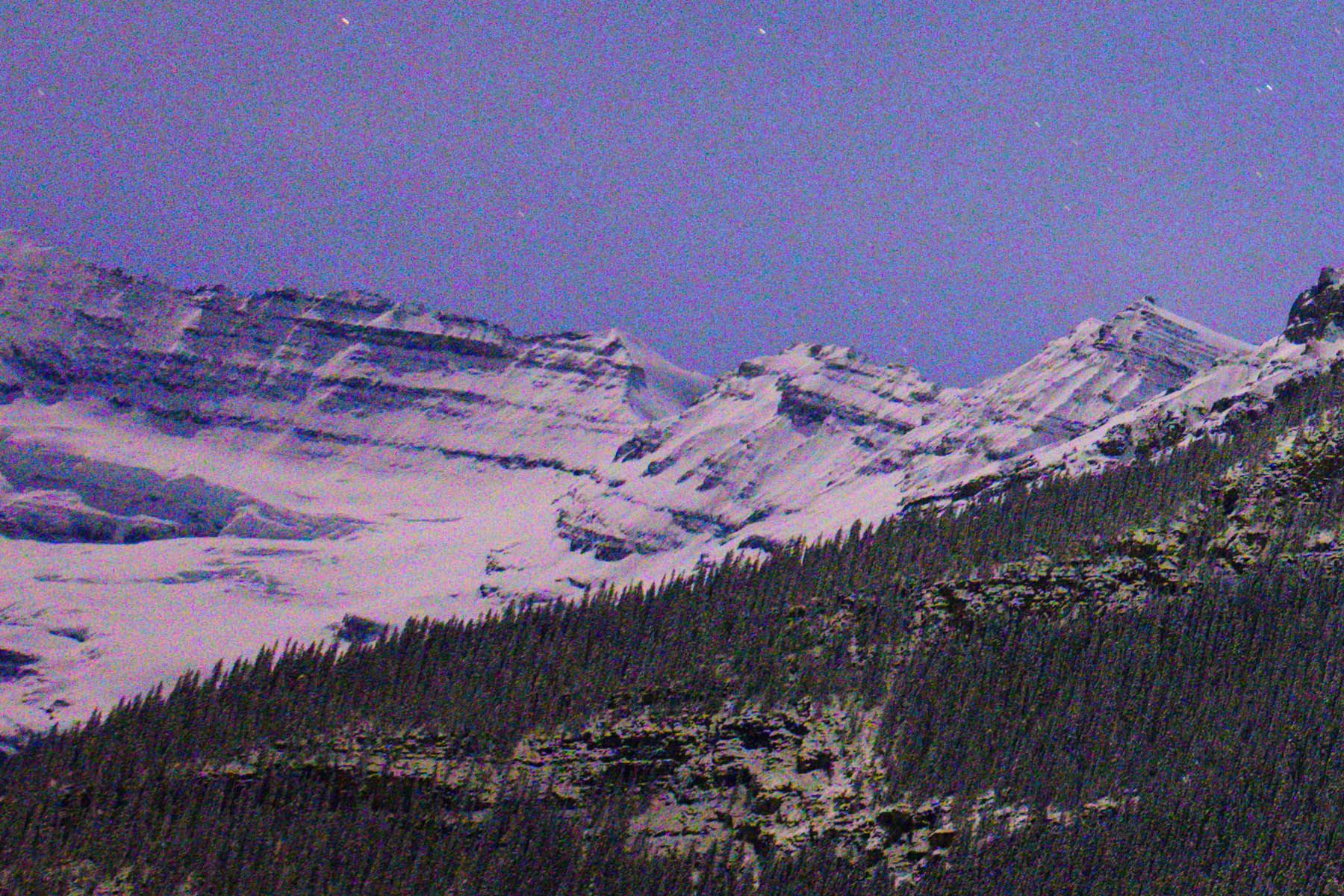
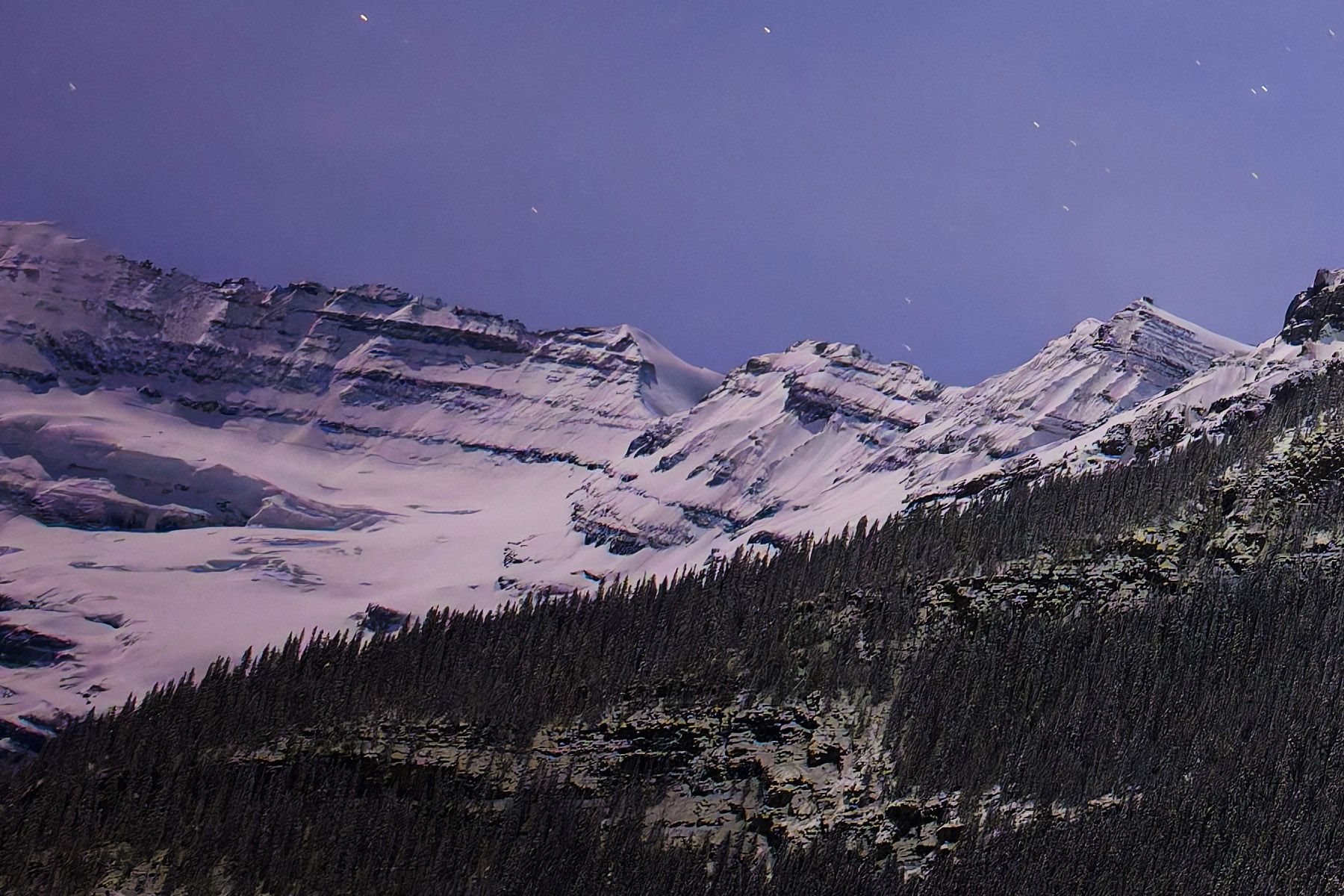
ABOVE: A small 1800x1200 cross section from a 45mp Nikon Z8. Shot ISO 1250 and 20 seconds on a tripod while on a frozen lake in -35c makes it impossible to grab perfect sharpness. This is a prime use case for DXO PureRAW technology. The BEFORE image is as processed with Lightroom with no noise reduction. The AFTER image is as processed with default settings using basic DXO PureRAW DeepPRIME. There is no restriction on creativity any more. It is easy to see why DXO has become part of my post processing workflow.
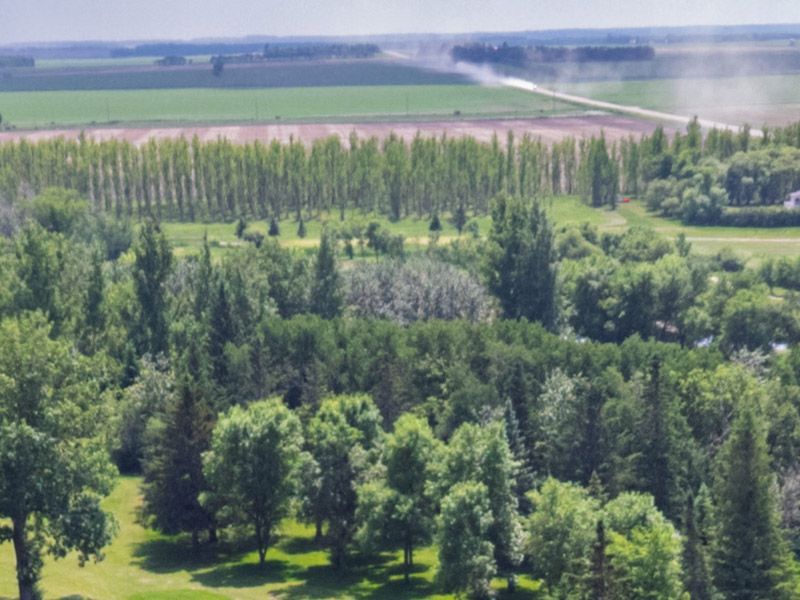
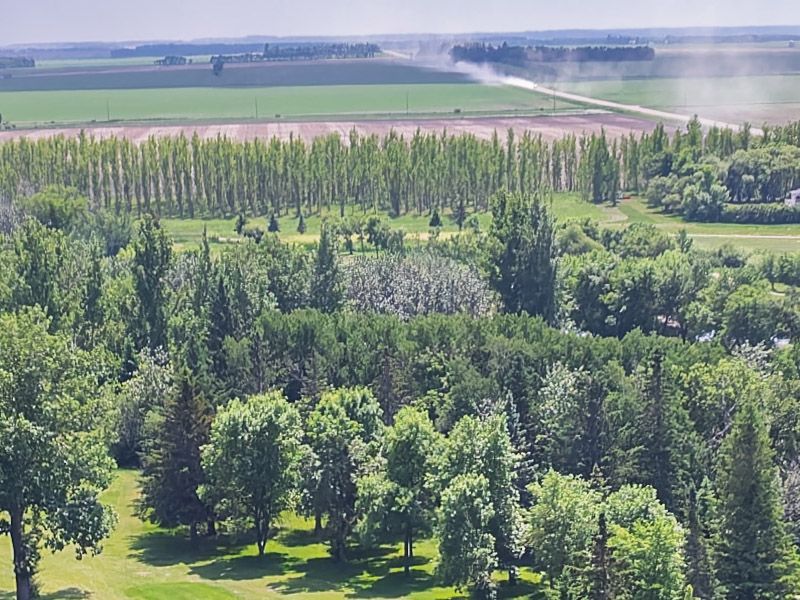
ABOVE: A small 800x600 cross section from a 4000x2250 DJI Mini 2 image. Even though it was shot at ISO 100 and 1/640 second shutter, there was a loss in ultimate quality. DXO PureRAW technology is game changing for drone work. The BEFORE image is as processed with Lightroom with no noise reduction or sharpening. The AFTER image is as processed with default settings using DXO PureRAW 4 DeepPRIME XD2s. The sharpening and detail reconstruction in this case is exceptional and changes what can be done and used professionally.
NATURAL RESULTS
EASY TO USE
DIRECT RAW PROCESSING
Some products contain affiliate links. I may earn a small commission or benefit. You pay the same.
All logos, terms, screenshots and trademarks are exclusive properties of their owners. They have been used only for the purpose of this review.
